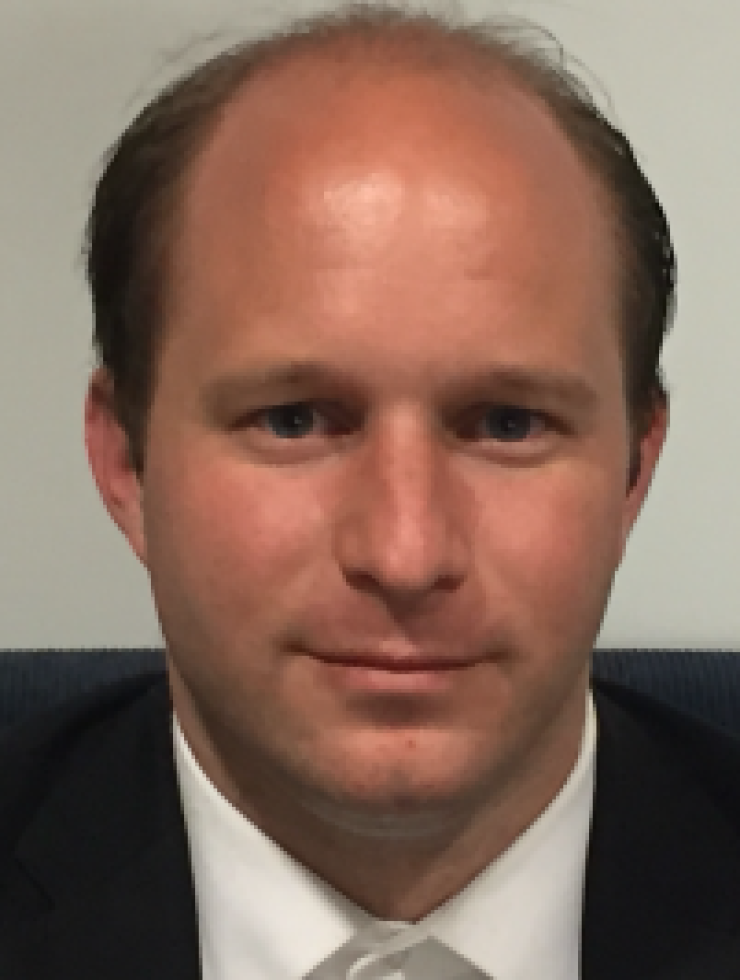Insurers and policyholders debate regulator's wildfire cat models strategy

Insurers are saying they need more leeway from the California Department of Insurance’s proposed Sustainable Insurance Strategy, while advocates for policyholders and others affected by wildfires are saying the strategy doesn’t do enough.
Representatives of both interests spoke at CDI’s June 26 virtual hearing on the strategy.
Seren Taylor, vice president, Personal Insurance Federation of California.
Seren Taylor, vice president of the Personal Insurance Federation of California, acknowledges that the strategy has ambitious goals which require more “certainty and expediency in the rate filing process,” he said. Taylor called the framework “reasonable.”
“We do have technical questions and concerns that need to be resolved to ensure any final regulation will operate in a manner that insurers can comply with to achieve the goal of a more stable insurance market that provides greater availability for Californians,” he said. “It’s not clear to us how an insurer can meet a commitment to achieve 85% of its statewide market share within two years, or maintain 85% of its market share for three years, if the defined distressed area is changing every year.”
 Brian Rehor, director of regulatory affairs, ZestyAI.
Brian Rehor, director of regulatory affairs, ZestyAI.
Brian Rehor, director of regulatory affairs at ZestyAI, an AI-powered provider of climate risk and property solutions that has worked with CSAA, Farmers and Coterie Insurance, advocated for further acceleration of wildfire model reviews.
“We recommend that CDI allows carriers to file new underwriting guidelines along with their rate applications and implement these guidelines immediately, rather than on a prior approval basis. This approach is essential for insurers to meet their commitments and broader coverage availability,” he said. “CDI should streamline the model review process and allow immediate implementation of new underwriting guidelines without prior approval to increase insurance availability and address the insurance crisis in distressed areas.”

Michael DeLong, research and advocacy associate, Consumer Federation of America.
In contrast, Michael DeLong, a research and advocacy associate at the Consumer Federation of America, said the strategy’s requirement that insurers sell coverage in distressed areas at 85% of their market share or increase sales in distressed areas by 5%, will raise premiums and create more problems in the California market.
“The grand bargain allowing insurers to use largely unregulated non-public catastrophe models in exchange for a loose requirement to partly return to distressed areas of California is not a good one,” he said. “It assumes that having access to catastrophe modeling or other mechanisms like being able to pass through the costs of global unregulated reinsurance will make California’s market better.”
DeLong called the strategy’s provisions a loophole that “provides the most benefit to the insurance companies that have most aggressively turned their backs on Californian communities recently.” Smaller insurers could be required to cover a greater percentage of homes in high and moderate risk communities than larger insurers would, according to DeLong. “It will do little to actually help consumers or change their overall behavior,” he said.
 Peter Ansel, senior policy advocate, California Farm Bureau.
Peter Ansel, senior policy advocate, California Farm Bureau.
Wildfire cat models and regulation of coverage also impacts California farmers, and Peter Ansel, a senior policy advocate at the California Farm Bureau, said more transparency about wildfire data being used for the models is needed.
“The draft regulation chooses a particular date of December 2023 and identifying market share for the insurers,” Ansel said. “It would be useful for consumers and interested parties to understand what those numbers mean and how that data was derived. Obviously, the market looked a lot different in 2017 and will look a lot different as these regulations are adopted over the next year or two.”
California farmers, he added, are willing to “absorb those costs, so long as they’re fair and equitable, but they really need access to insurance.”
CDI’s strategy also leaves some unanswered questions, as Denise Gluhan, emergency services manager for the Los Altos Hills County Fire District, pointed out. She asked if a moratorium on non-renewals in distressed areas that just had wildfires has been considered. “Has that been considered to stop the bleeding that’s going on in the system, so that the residents, the pool of people that are non-renewed will be more finite than infinite,” Gluhan said.
She asked how residents could get coverage through the models proposed in the strategy, and whether that would be through programs such as Firewise USA or Wildfire Prepared Home from the Insurance Institute for Business and Home Safety (IBHS.)



